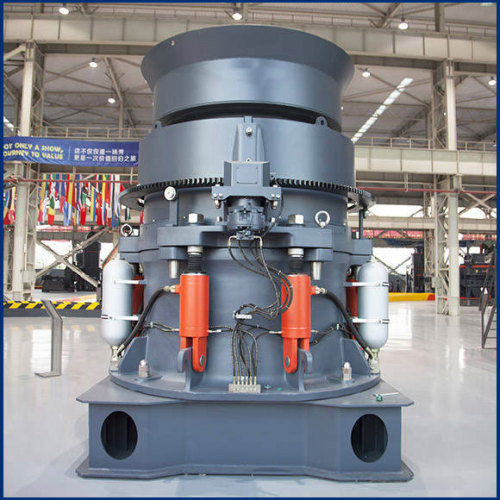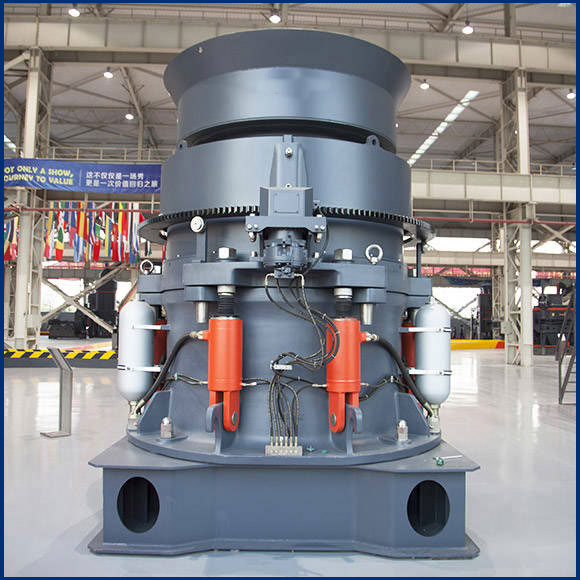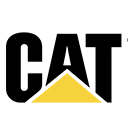Cone Crusher
Description
Description
Stone Crusher Specifications
| Model | Cavities | Feed opening (mm) | Minimum discharging size (mm) | Capacities (t/h) | Maximum installed power (kW) | Overall dimension (mm) |
| HPT100 | C1(Extra Coarse) | 140 | 19 | 75-140 | 90 | 1705×1510×1583 |
| C2(Coarse) | 100 | 13 | 60-110 | |||
| M(Medium) | 70 | 9 | 52-100 | |||
| F1(Fine) | 50 | 9 | 50-95 | |||
| F2(Extra Fine) | 20 | 6 | 45-90 | |||
| HPT200 | C2(Coarse) | 185 | 19 | 145-250 | 160 | 2135×1750×1927 |
| M(Medium) | 125 | 16 | 135-235 | |||
| F1(Fine) | 95 | 13 | 115-220 | |||
| F2(Extra Fine) | 75 | 10 | 90-190 | |||
| HPT300 | C1(Extra Coarse) | 230 | 25 | 220-440 | 250 | 2725×2110×2871 |
| C2(Coarse) | 210 | 19 | 190-380 | |||
| M(Medium) | 150 | 16 | 175-320 | |||
| F1(Fine) | 105 | 13 | 145-280 | |||
| F2(Extra Fine) | 80 | 10 | 110-240 | |||
| HPT400 | C1(Extra Coarse) | 295 | 30 | 300-630 | 315 | 2775×2370×2295 |
| C2(Coarse) | 251 | 25 | 285-560 | |||
| M(Medium) | 196 | 20 | 250-490 | |||
| F1(Fine) | 110 | 13 | 180-345 | |||
| F2(Extra Fine) | 90 | 10 | 135-320 | |||
| HPT500 | C1(Extra Coarse) | 330 | 38 | 425-790 | 400 | 2800×3480×4050 |
| C2(Coarse) | 290 | 30 | 370-700 | |||
| M(Medium) | 210 | 22 | 330-605 | |||
| F1(Fine) | 135 | 16 | 270-535 | |||
| F2(Extra Fine) | 95 | 13 | 220-430 | |||
| HPT800 | C1(Extra Coarse) | 350 | 38 | 570-1200 | 630 | 3970×3345×4235 |
| C2(Coarse) | 299 | 32 | 520-1050 | |||
| M(Medium) | 265 | 25 | 475-950 | |||
| F1(Fine) | 220 | 16 | 370-800 | |||
| F2(Extra Fine) | 150 | 13 | 310-600 |
Stone Crusher Highlights
Hydraulic Cone Crusher Working Principle
When a HPT Multi-cylinder Hydraulic Cone Crusher works, driven by the motor, the transmission shaft rotates under the action of belt pulley and triangular belt. Next, the transmission shaft drives the eccentric sleeve to make it rotate around the axis. Meanwhile, the eccentric sleeve forces the movable cone to do pendular movement. This movement makes the movable cone and fixed cone sometimes close to, sometimes far away from the rolling wall. Materials are continuously shocked, squeezed and crushed in the crushing cavity between the crushing wall and the rolling wall. Finally, materials are discharged out of the machine when their fineness reaches the discharging standard.
- 1. PLC Integrated Control System Makes Operations Simpler
- 2. Upgraded Structure, Higher Efficiency
- 3. The Principle of Lamination Crushing Brings Better Discharging Size
- 4. Multiple Cavity Types Meet Various Production Needs
- 5. Digitalized Processing, Higher Precision
- 6. Sufficient Supply of Spare Parts, Worry-free Operation
- 2. Upgraded Structure, Higher Efficiency
- 3. The Principle of Lamination Crushing Brings Better Discharging Size
- 4. Multiple Cavity Types Meet Various Production Needs
- 5. Digitalized Processing, Higher Precision
- 6. Sufficient Supply of Spare Parts, Worry-free Operation
Send your message to us








